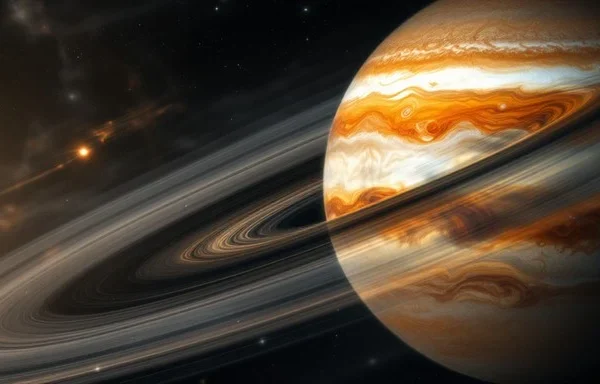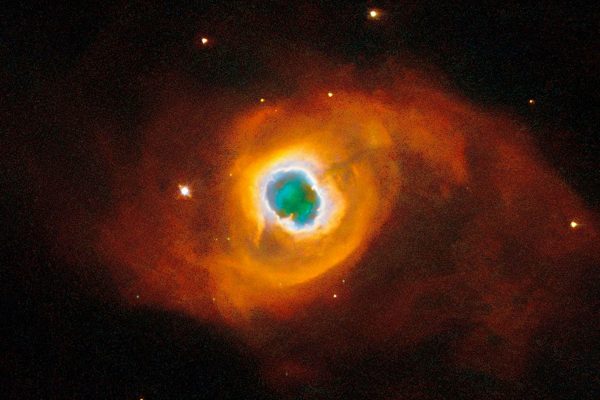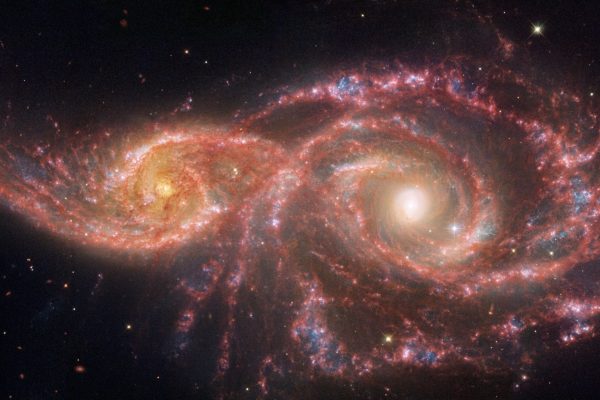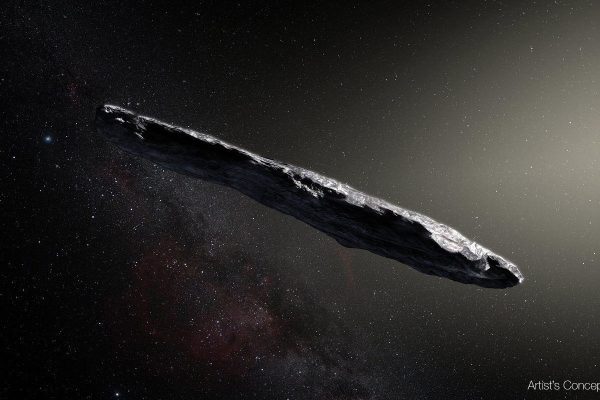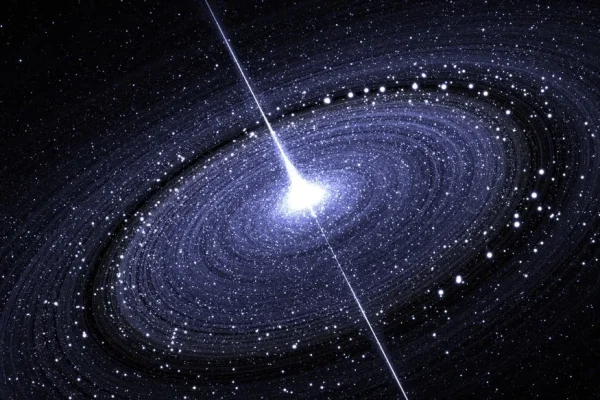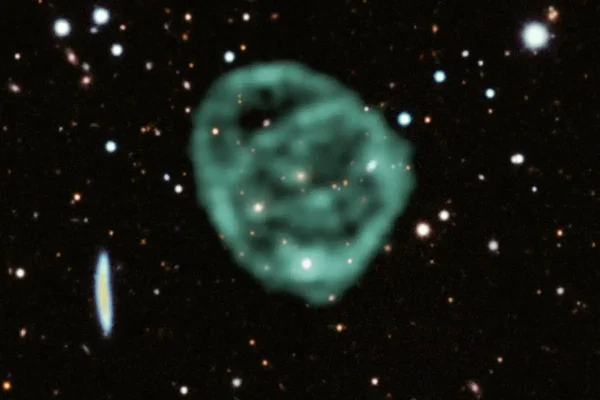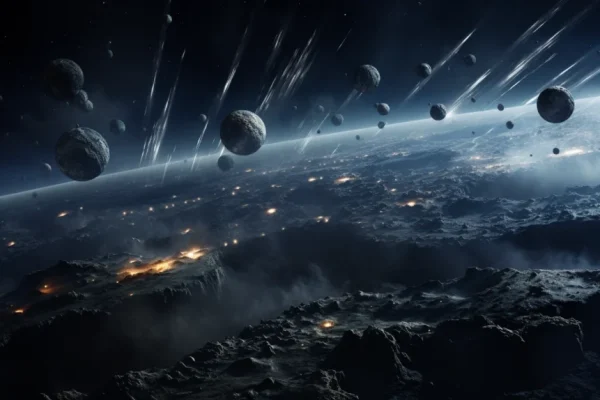
The Hexagon Storm of Saturn: A Mysterious Weather Phenomenon
Saturn, the gas giant known for its stunning ring system, hides one of the most bizarre and enduring weather patterns in our solar system—a massive hexagon-shaped storm at its north pole. First discovered by the Voyager missions in the 1980s and later studied in greater detail by NASA’s Cassini spacecraft, this atmospheric feature spans about…

